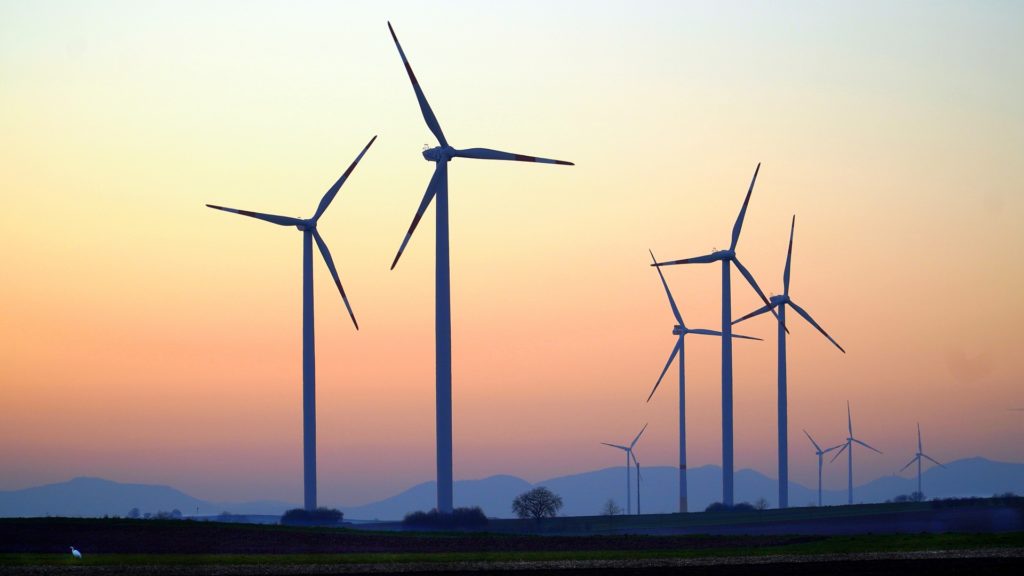 Since the November election, there is a lot of hope in the environmental communities that the new administration will start implementing long-term changes that will slow and potentially begin to reverse climate change on a national level. However, after several years of having a president that denied the scientific evidence of climate change, many state governments took matters into their own hands.
Since the November election, there is a lot of hope in the environmental communities that the new administration will start implementing long-term changes that will slow and potentially begin to reverse climate change on a national level. However, after several years of having a president that denied the scientific evidence of climate change, many state governments took matters into their own hands.
Earlier this year, we talked about Colorado, Michigan, and New York increasing water regulations to protect the people and the environment. We also discussed California’s new 2035 ban against gas-burning cars in October, albeit it being potentially too long away. And finally, last month, we talked about Maryland’s ban on styrofoam takeout containers that pollute our planet for up to a million years. Recently, Virginia, North Carolina, and Maryland have decided to work together for the sake of our planet, showing the nation once again that the people are tired of waiting for the federal government to take action against climate change.
The three East Coast states have agreed to collaborate on advancing offshore wind energy projects. The partnership hopes to make it easier for wind-energy companies to work in all three states and to encourage wind turbine production. The U.S. is late to the offshore wind energy game. Its first offshore wind farm only started operating in 2016, and less than 3% of total electricity in the U.S. was generated by wind in 2019. But the interest in wind energy—which produces no carbon emissions—is growing. In 2019, wind energy in the U.S. saved around 189 million metric tons of CO2 emissions and reduced water use by 103 billion gallons that would have otherwise been spent by conventional power plants. Also, the annual avian mortality from turbines is 200,000, while power lines cause 130 million avian deaths and buildings cause 300 million to 1 billion avian deaths. So from multiple points of view, wind farms are an environmentally friendly option.
According to the U.S. Energy Department, this joint effort could create 85,000 jobs and add $25 billion to the economy by 2030. Furthermore, a theoretical analysis suggests that a wind farm the size of Delaware (a state much smaller than the combined coasts of Virginia, North Carolina, and Maryland) could generate enough power for the entire nation.
Virginia Governor Ralph Northam (D) seemed optimistic about the collaboration during a press release and said, “Virginia is well-positioned to scale up offshore wind development with a 12-megawatt wind demonstration project already built off our coast. This agreement will help unlock our collective offshore wind resources and generate tremendous economic and environmental benefits for the region.”
The Governors of North Carolina and Maryland seemed to be equally pleased. Maryland Governor, Larry Hogan (R), said, “Joining this multi-state partnership to expand offshore wind development will further our strong record of supporting responsible energy projects that provide jobs, clean air benefits, and energy independence.” Roy Cooper, the Governor of North Carolina (D), also sounded optimistic when he announced, “This bipartisan agreement with neighboring states allows us to leverage our combined economic power and ideas to achieve cost-effective success.”
All three states have excellent access to some of the best research and universities that will help them create long-lasting clean energy projects as we move towards a future powered by renewable sources. I hope that we get there before 2050, which is the current goal for the U.S. However, the more states that take their own initiative, the faster we’ll get there. Is your home state or city taking new actions against climate change?
Get more like this—Sign up for our daily inspirational newsletter for exclusive content!
___
Photo: Matthias Böckel from Pixabay




